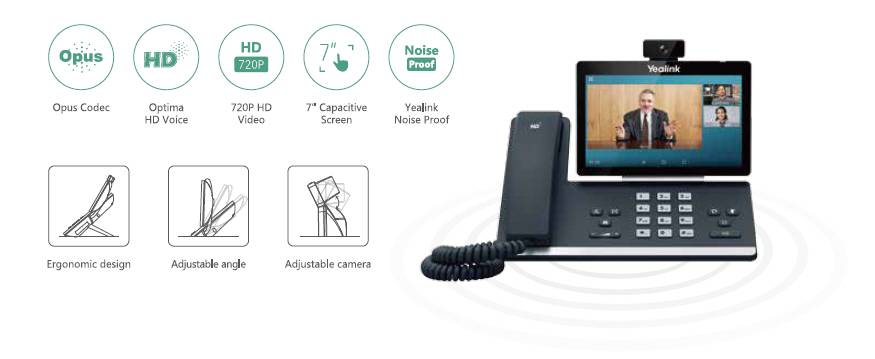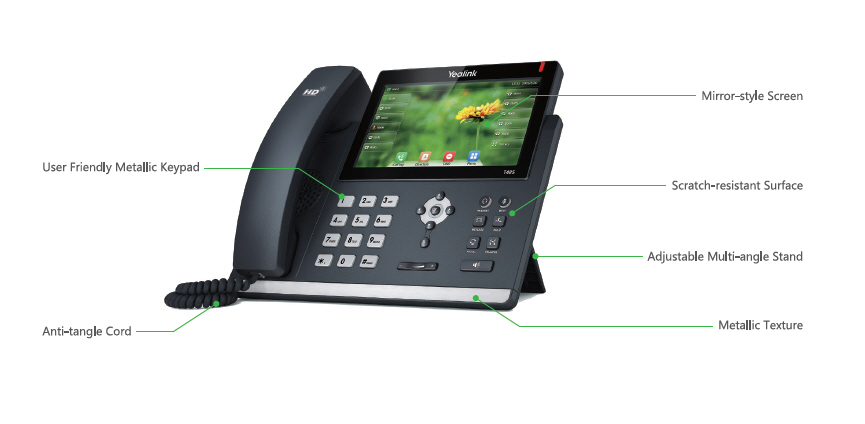Introduction: Why VoIP Matters for Businesses
In today's fast-paced business environment, communication is more critical than ever. As organizations strive to improve collaboration and reduce costs, many are turning to VoIP Phone Systems as a viable alternative to traditional telephone solutions. But before diving into the world of VoIP, it's crucial to understand the key metrics that can significantly impact your implementation process.
Implementing a new VoIP Phone System isn't just about swapping out hardware; it involves understanding how this technology can improve your communication processes. By tracking vital performance indicators, businesses can ensure they maximize their investment while providing seamless communication https://telegra.ph/Future-Proofing-Your-Business-Communication-with-Flexible-SIP-Trunks-12-22 experiences for their teams and clients alike.
Key Metrics to Track When Implementing a New VoIP Telephone Solution
When it comes to successfully deploying a new VoIP Phone, several metrics play an essential role in determining effectiveness. Here’s a comprehensive look at the most critical indicators you should keep an eye on:
1. Call Quality Metrics
1.1 Jitter
Jitter refers to the variation in packet arrival times during transmission. High jitter can lead to poor call quality, resulting in choppy conversations and dropped calls.
1.2 Latency
Latency measures the time it takes for data packets to travel from sender to receiver. Ideally, you want this number to be as low as possible—anything above 150 milliseconds can be disruptive.

1.3 Packet Loss
Packet loss occurs when data packets fail to reach their destination. Even minor packet loss (1-2%) can have significant effects on call clarity.
2. System Uptime and Reliability
2.1 Uptime Percentage
Uptime percentage indicates how often your VoIP Phone System is operational without downtime interruptions. Aim for at least 99% uptime for optimal performance.
2.2 Failover Capabilities
Assess whether your system has backup options in case of failure, such as rerouting calls through a different network or service provider.
3. User Adoption Rates
3.1 Training Effectiveness
Monitor how well employees adapt to the new system after training sessions—this will give you insight into whether further training is necessary.
3.2 Utilization Rate
Examine how frequently employees use the various features of the VoIP system (e.g., video conferencing, messaging). Low utilization may indicate issues with interface design or employee comfort levels.
4. Cost Efficiency Metrics
4.1 Total Cost of Ownership (TCO)
Calculate all costs associated with implementing and maintaining your VoIP solution over its lifespan—hardware, software, licensing, and maintenance fees included.
4.2 Return on Investment (ROI)
Measure how much revenue or cost savings are generated by using the new system compared to previous setups.
5. Feature Usage Statistics
5.1 Common Features Used
Track which features (voicemail-to-email, conferencing) are used most often versus those that remain untouched.
5.2 Integration with Other Software Tools
Evaluate how well your VoIP solution integrates with existing tools like CRM systems or project management software.

6. Customer Experience Metrics
6.1 Average Call Duration (ACD)
Monitoring ACD helps identify patterns in customer interactions and potential issues in service delivery.
6.2 Net Promoter Score (NPS)
Using NPS surveys will provide insights into customer satisfaction levels related to communication experiences via your VoIP system.
FAQs About Key Metrics for VoIP Implementation
Q: What is the importance of tracking call quality metrics?
A: Tracking call quality metrics like jitter and latency helps ensure clear communication and minimizes disruptions during calls.
Q: How do I calculate ROI for my new VoIP Phone System?
A: Calculate ROI by comparing the total cost of ownership (TCO) against savings generated through improved efficiencies or reduced phone bills over time.
Q: Can user adoption rates affect my overall success with VoIP?
A: Absolutely! If users don't adopt the system effectively, it could lead to underutilization of valuable features and decreased productivity,
Q: What should I consider when evaluating cost efficiency?

Q: How important are customer experience metrics?
A: Very important! They provide insights into how well your new communication tools meet customer needs, directly affecting loyalty and satisfaction levels.
Q: What if my employees resist using the new system?
A: This could indicate inadequate training or concerns about usability; consider additional training sessions focusing on areas where they struggle most.
Conclusion: Mastering Your VoIP Implementation Journey
Implementing a new VoIP telephone solution is not just about technology; it's about enhancing business communications while keeping an eye on performance indicators that matter most—whether it's call quality or user adoption rates, every metric plays a pivotal role in ensuring success.
By diligently tracking these key metrics during your rollout phase, you'll be better positioned not only to troubleshoot issues but also enhance overall functionality down the line—making your investment in a new VoIP Phone System truly worthwhile!
This comprehensive guide aims not just merely at outlining what you need but also at empowering you with knowledge so that you can make informed decisions regarding your communication infrastructure moving forward—after all, effective communication drives successful business outcomes!